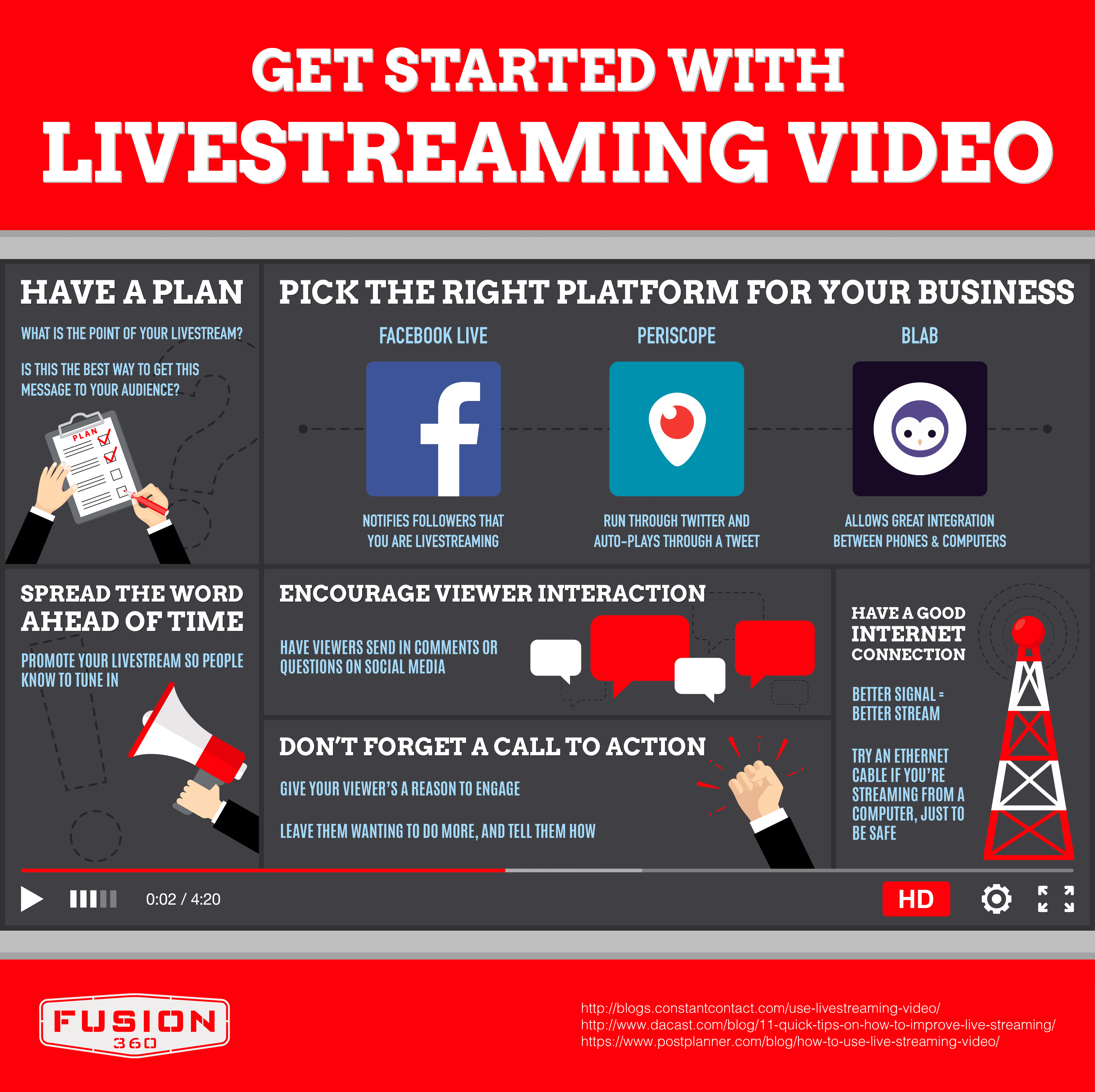 SEO, as with anything else business related, can go bad quickly. When it does, the results can lead to a maelstrom of havoc the business then has to clean up. From Utah to the Big Apple, any business can learn from SEO horror stories.
SEO, as with anything else business related, can go bad quickly. When it does, the results can lead to a maelstrom of havoc the business then has to clean up. From Utah to the Big Apple, any business can learn from SEO horror stories.
Night of the Living Blog
Search engine optimization is still a new enough concept that not everybody who works in business understands how it works. Because of this, a well-meaning public relations person sent out a press release that was meant to be a one-time blog. The press release was reprinted on a massive amount of traffic driving spam blogs and websites, causing mass confusion to customers and management alike, as they tried to clean up the mess.
The lesson here is that if you are partnering with another part of the company to work on SEO strategy, make sure they understand everything you’re doing before they release something meant to be helpful as a plague to all mankind or your little Utah business will be just another victim of the internet.
So, I Married an SEO Manager
Back in the early days of Google, and thus the early days of Search engine optimization, the penalties were harsh for anybody who broke one of Google’s strict rules. Before you could access the world from anywhere, fixing the problem usually meant being present in the office, even if you’re on your honeymoon.
One manager found this out right after getting married, when he realized while relaxing with his new wife that he made a mistake on a website. By the time he got back the company had been heavily penalized and traffic was at a trickle. It took him weeks to work out the problems. Moral of the story: Always have a team with you, so if someone needs to escape Utah for a romantic weekend with the missus, you’ll be covered.

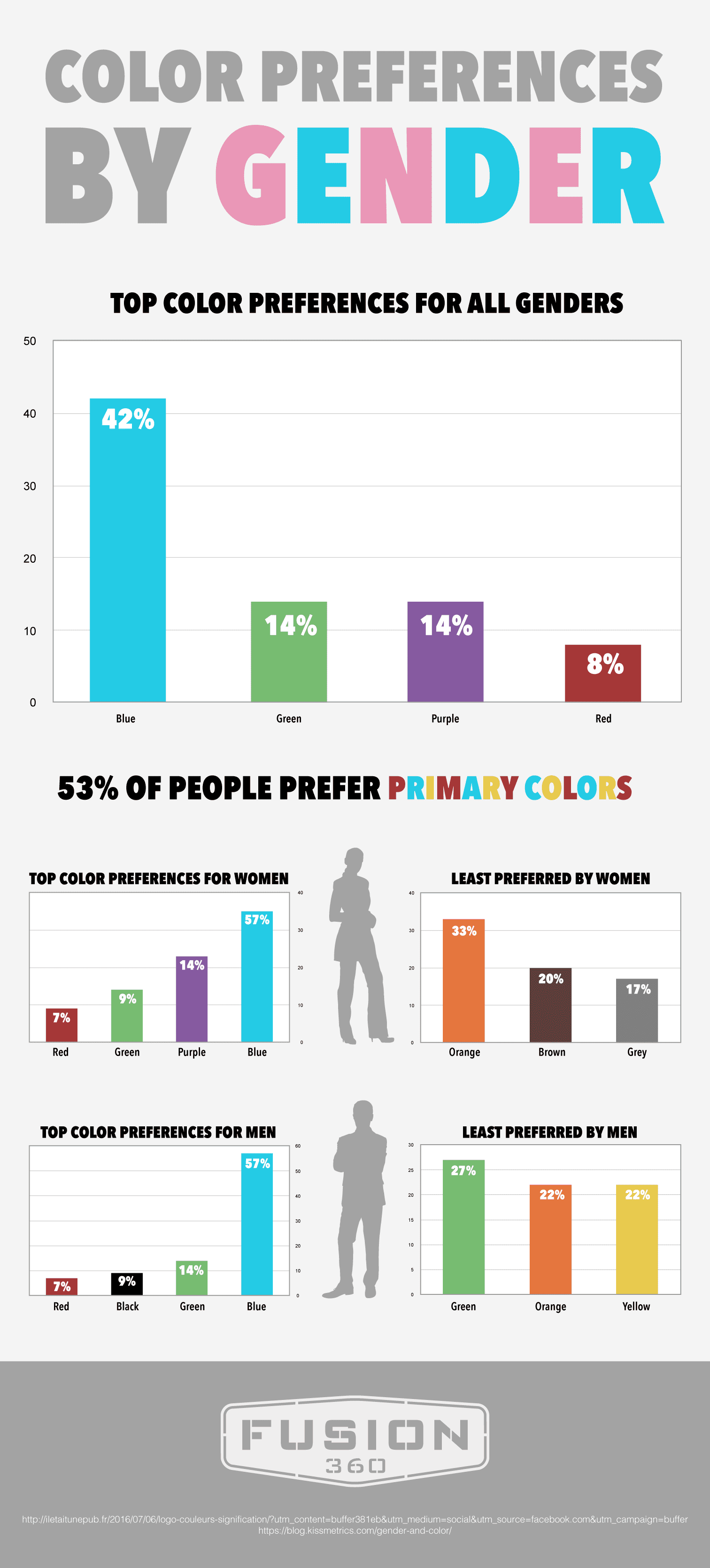
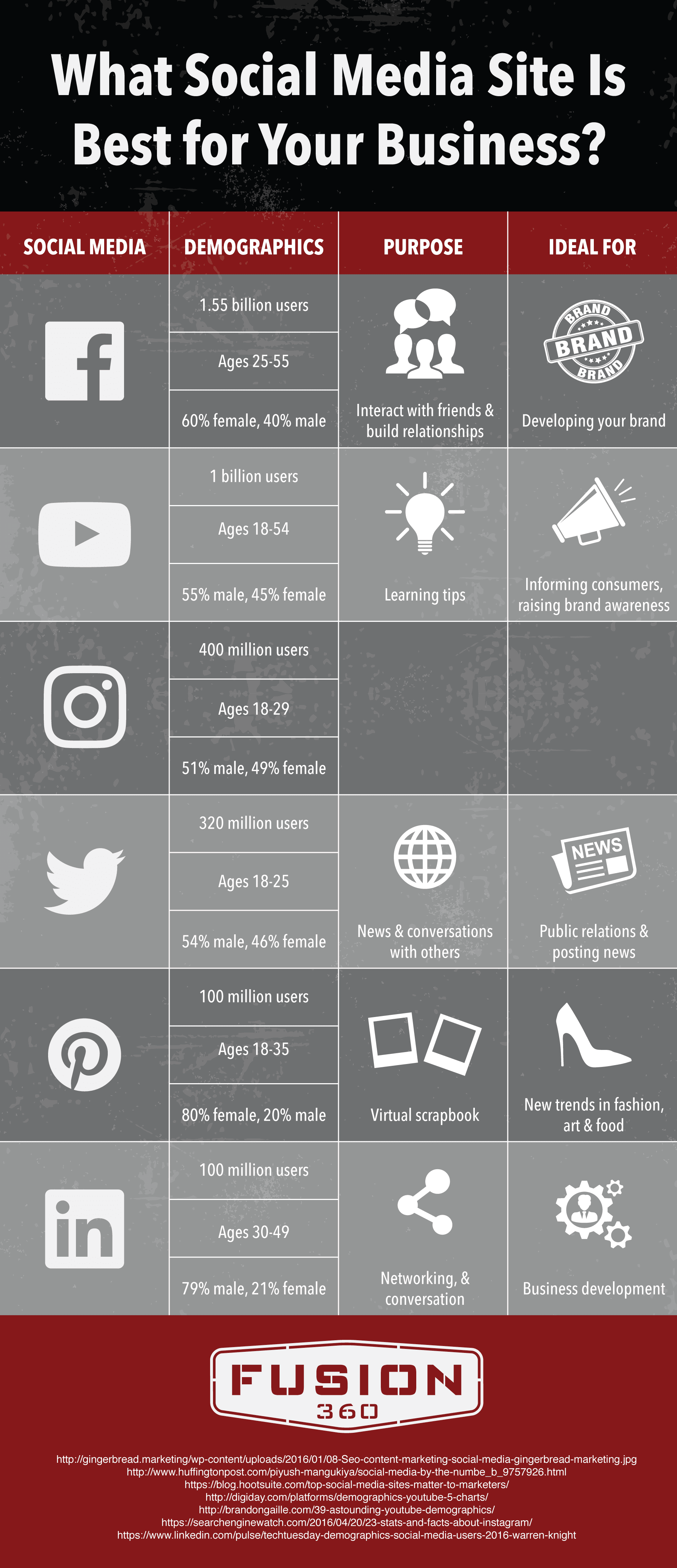
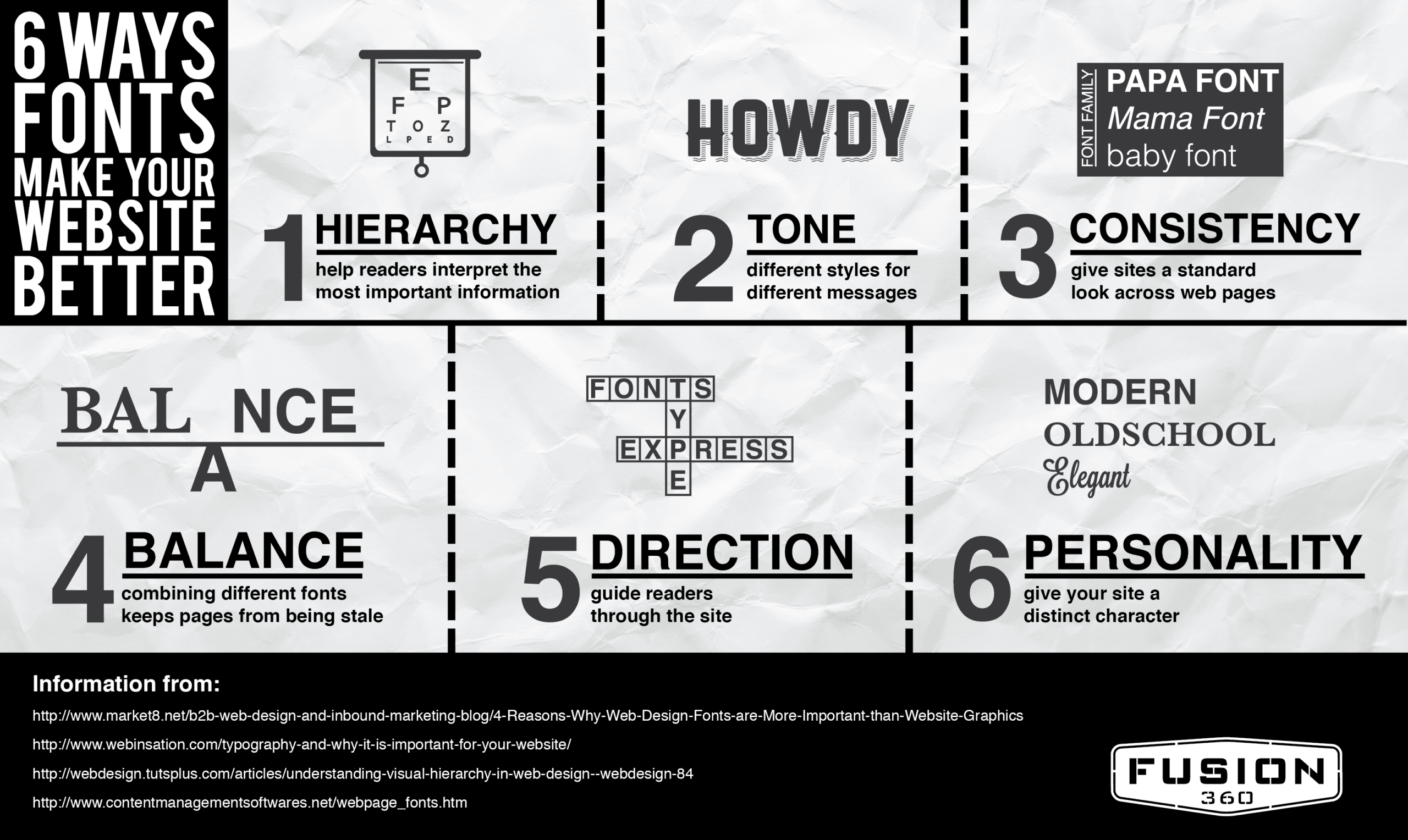
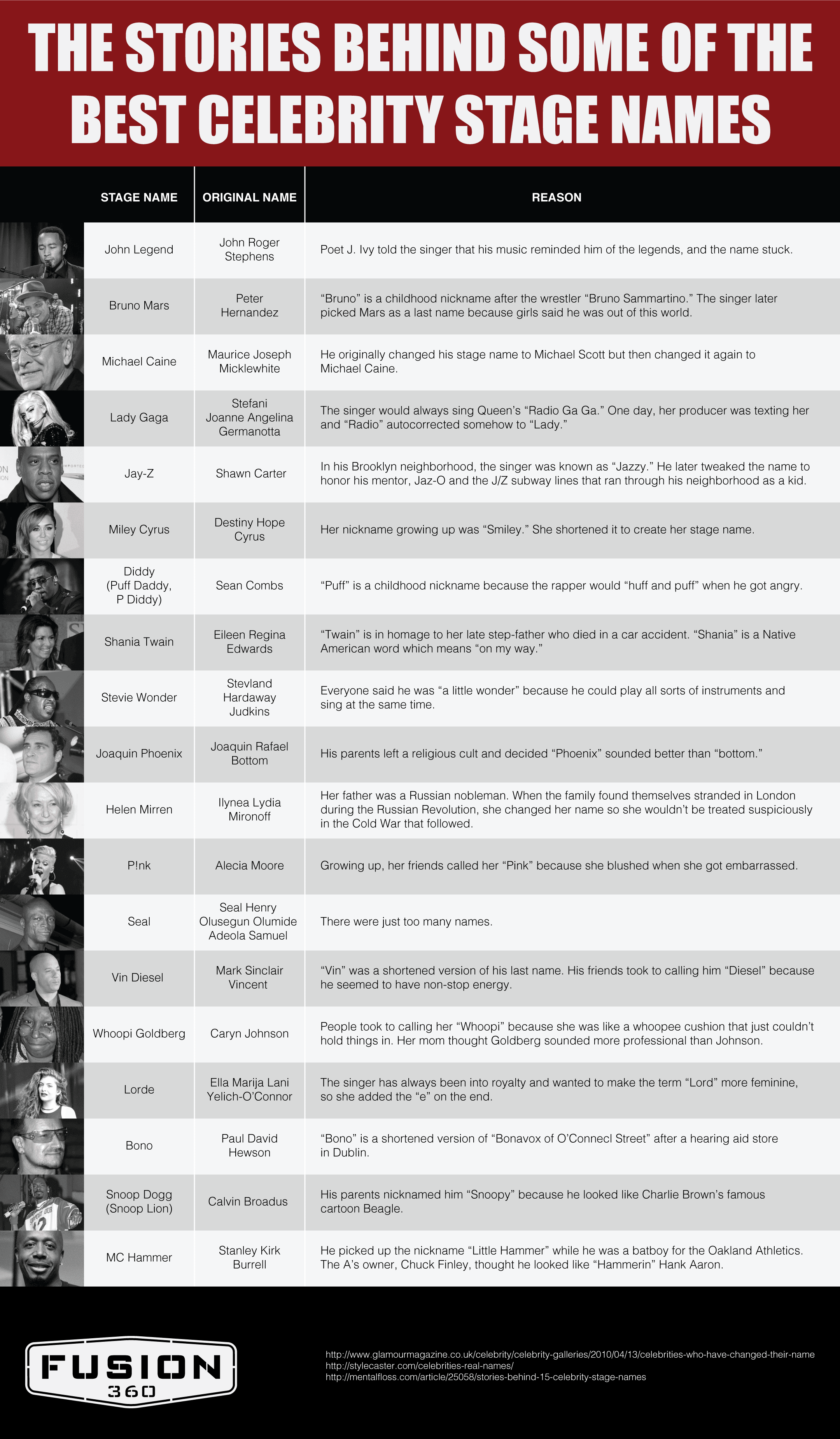
 No matter what you’re selling, content marketing has become a crowded industry. It’s crowded because
No matter what you’re selling, content marketing has become a crowded industry. It’s crowded because 